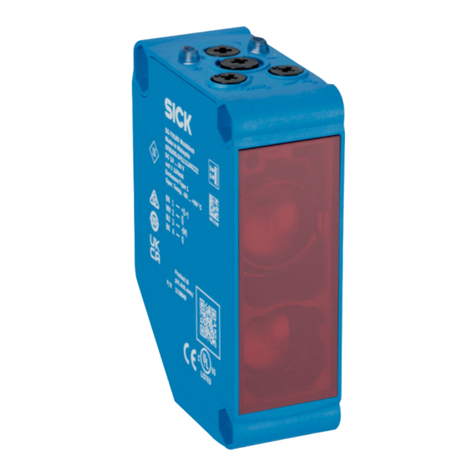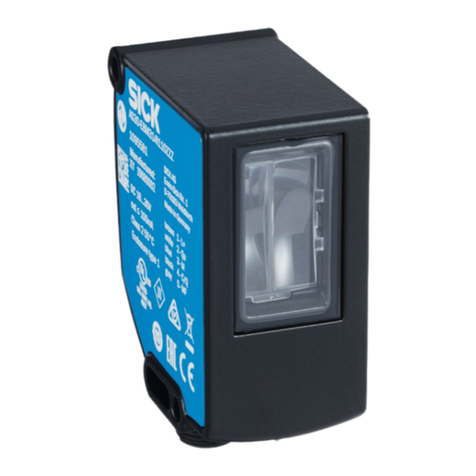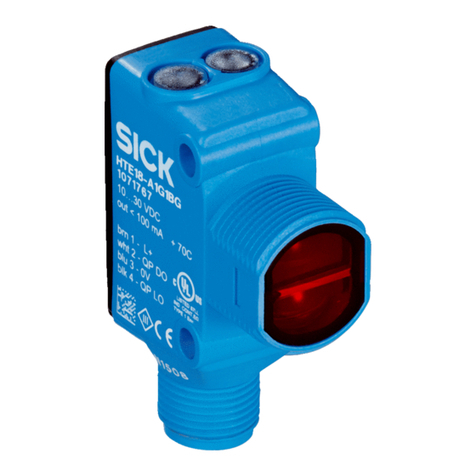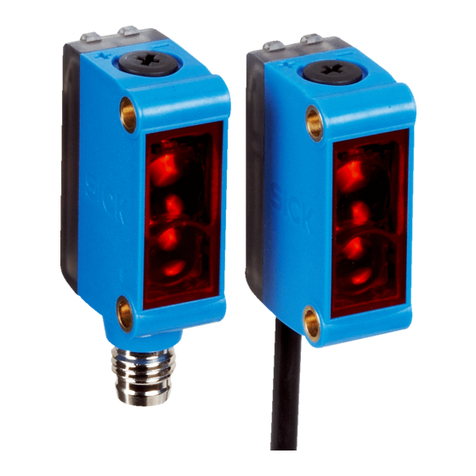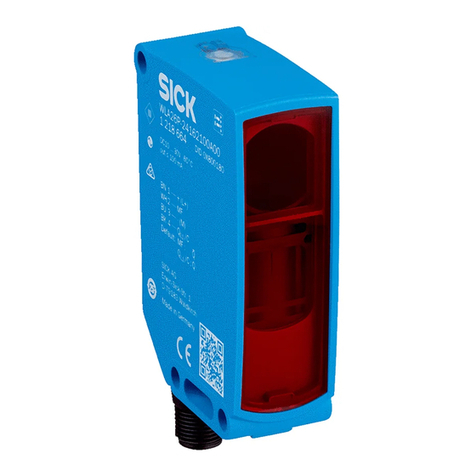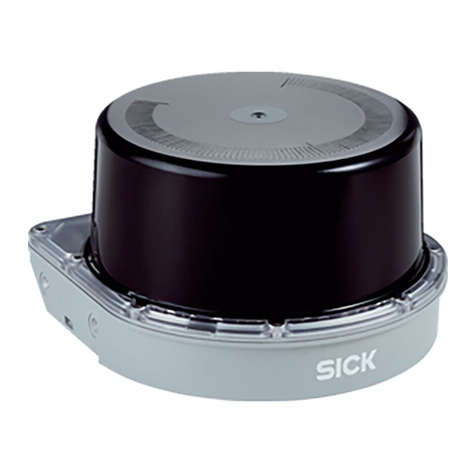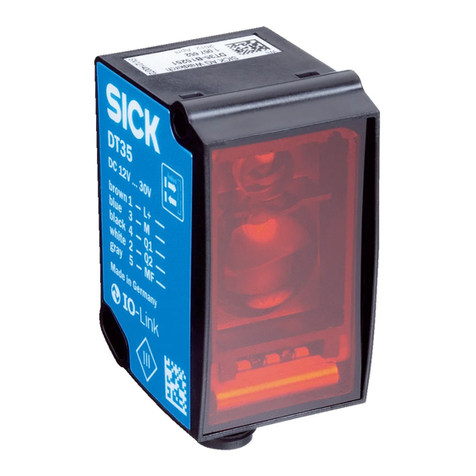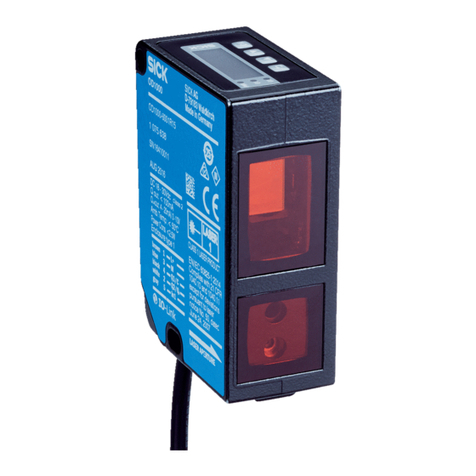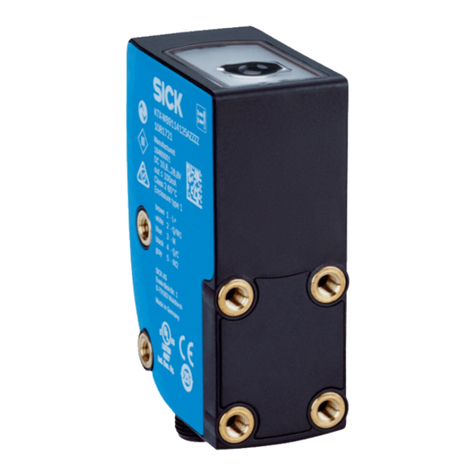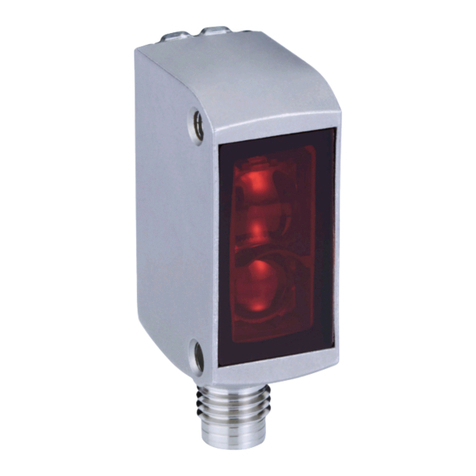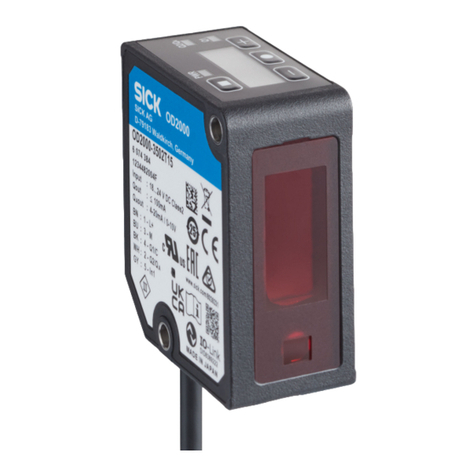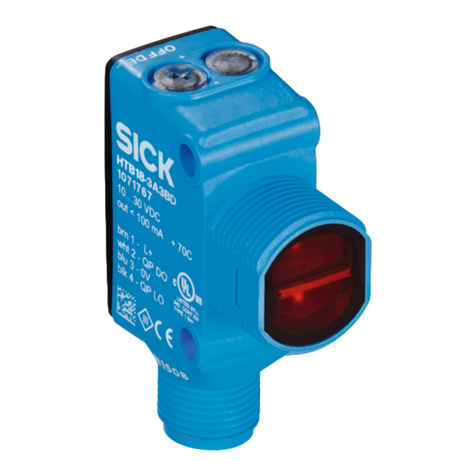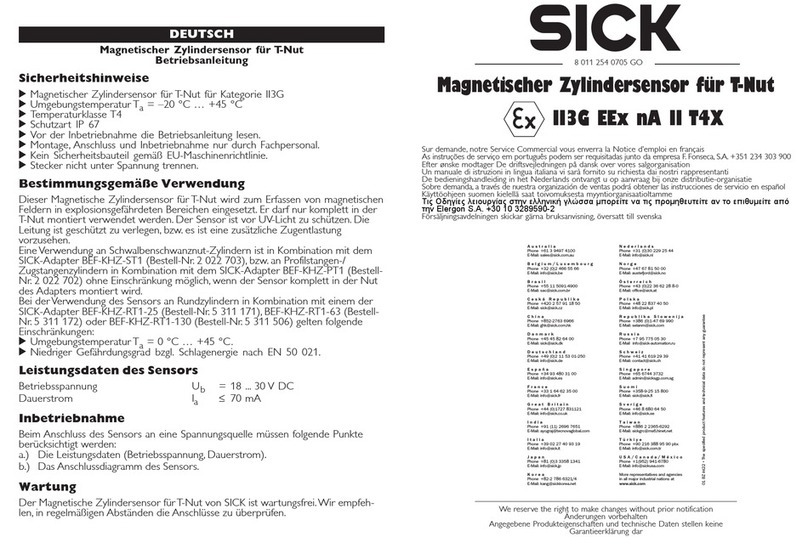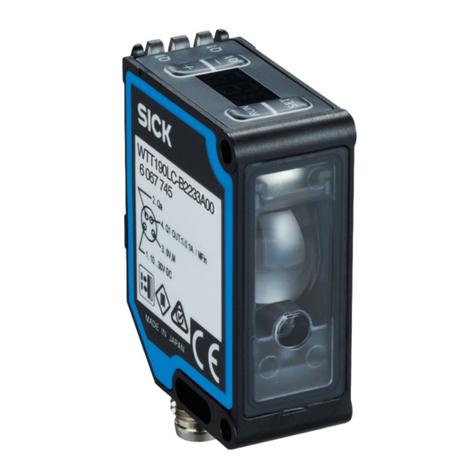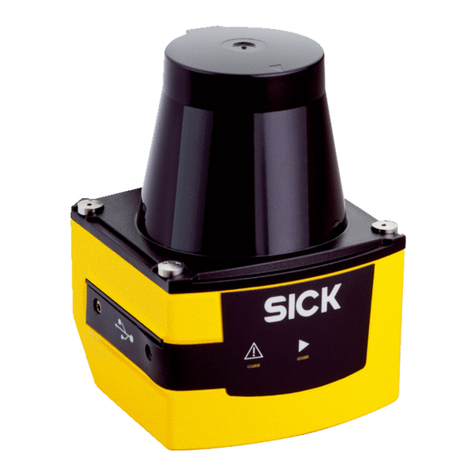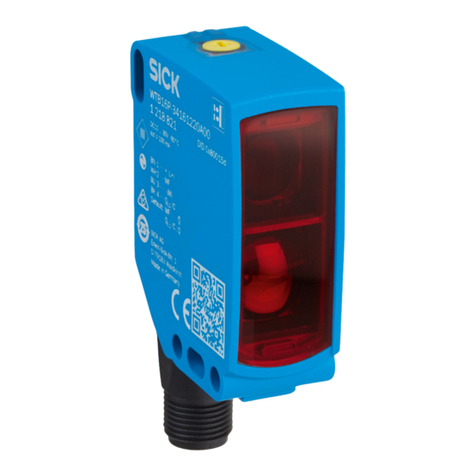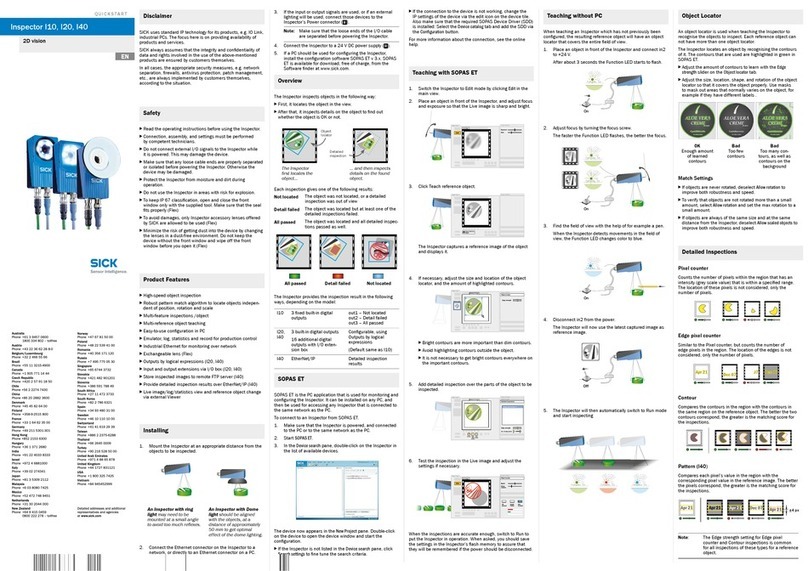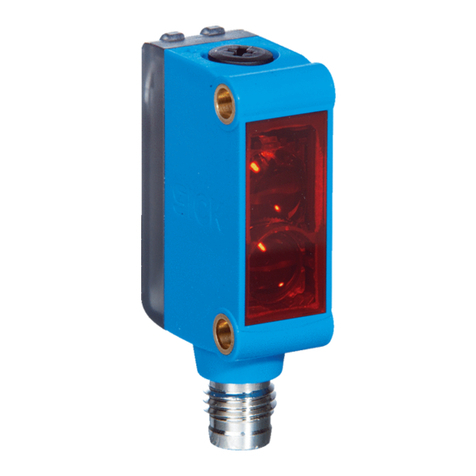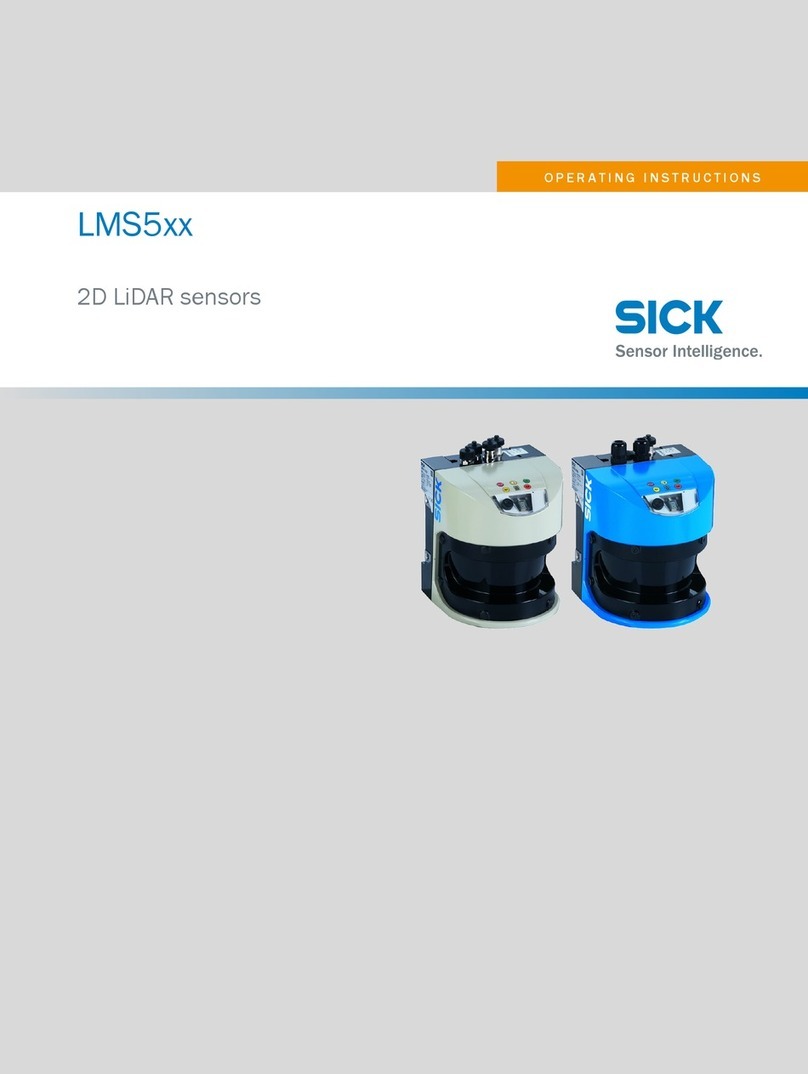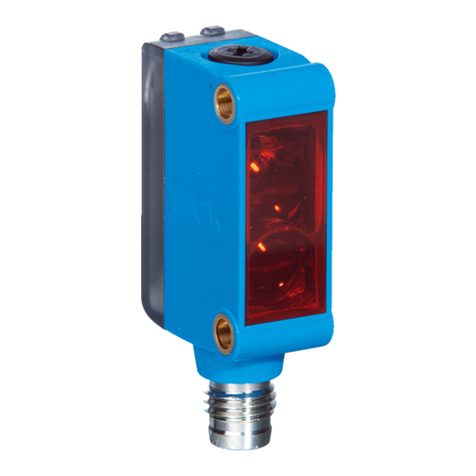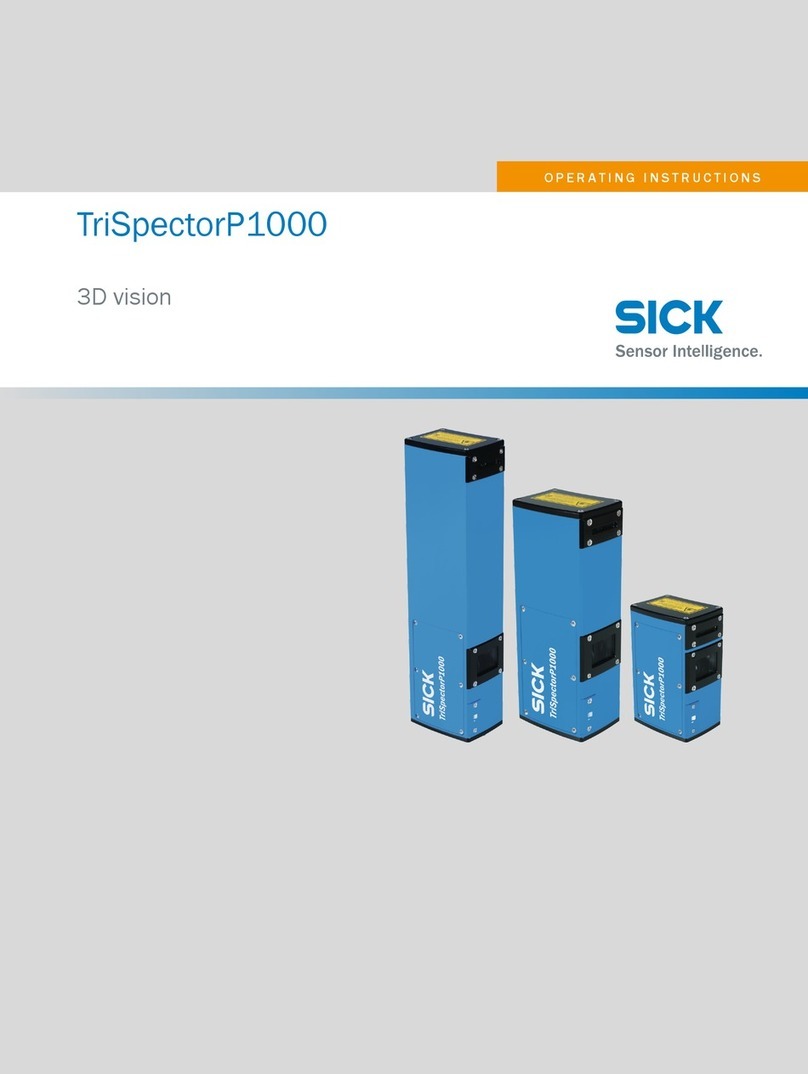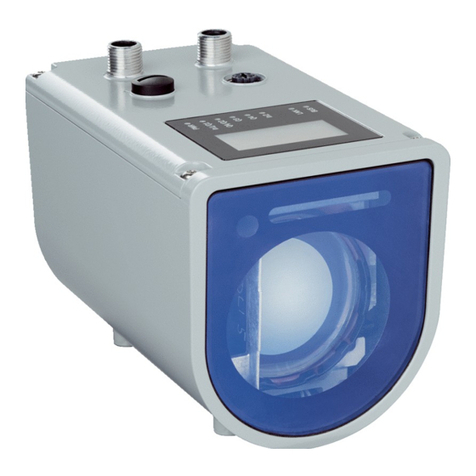
Contents
1 About this document........................................................................ 5
1.1 Information on the operating instructions.............................................. 5
1.2 Scope......................................................................................................... 5
1.3 Explanation of symbols............................................................................ 5
1.4 Further information................................................................................... 6
1.5 Customer service...................................................................................... 6
2 Safety information............................................................................ 7
2.1 Intended use............................................................................................. 7
2.2 Improper use............................................................................................. 7
2.3 Limitation of liability................................................................................. 7
2.4 Requirements for skilled persons and operating personnel.................. 8
2.5 Hazard warnings and operational safety................................................. 8
2.6 Repair........................................................................................................ 9
3 Product description........................................................................... 10
3.1 Product ID.................................................................................................. 10
3.2 Product features and functions............................................................... 11
4 Mounting............................................................................................. 12
4.1 Scope of delivery....................................................................................... 12
4.2 Mounting requirements............................................................................ 12
4.3 Mounting the device................................................................................. 12
5 Electrical installation........................................................................ 13
5.1 Notes on the electrical installation.......................................................... 13
5.2 Note on the swivel connector................................................................... 14
5.3 Pin assignment of the connections......................................................... 14
5.4 Connecting the supply voltage................................................................. 14
5.5 Wiring the interfaces................................................................................ 14
6 Commissioning.................................................................................. 17
6.1 Simplified representation......................................................................... 17
7 Operation............................................................................................ 19
7.1 Control elements...................................................................................... 19
7.2 Navigation tree, general........................................................................... 19
7.3 Navigation tree, pro level (advanced settings)........................................ 20
7.4 List of abbreviations (type-dependent)................................................... 20
7.5 Activating or deactivating the pushbutton lock...................................... 22
7.6 Resetting the device (factory setting)...................................................... 22
7.7 Defaults..................................................................................................... 22
7.8 Pro level (advanced settings)................................................................... 26
7.9 Other displays and functions................................................................... 28
CONTENTS
8026298/2021-08-11 | SICK O P E R A T I N G I N S T R U C T I O N S | KTS Core 3
Subject to change without notice
